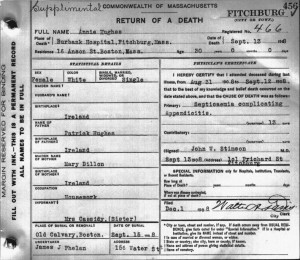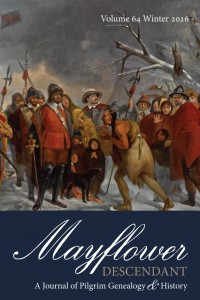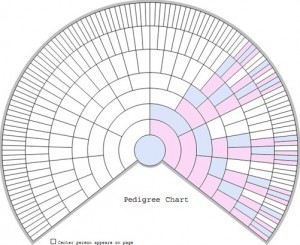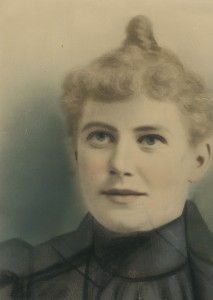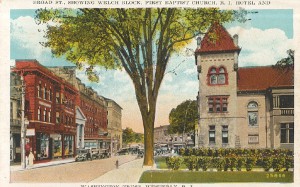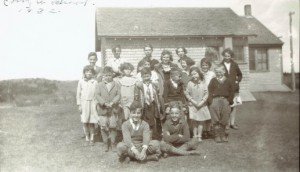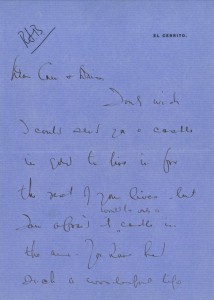 The youngest of the surviving Beeckman siblings, my great-great-uncle Livy[1] was the first to die. My great-grandmother – his sister Margaret Atherton (Beeckman) Steward (1861–1951) – preserved what was presumably the last of his letters, written from his house in California in advance of the Stewards’ fiftieth wedding anniversary in January 1935: it is among the family papers in my grandfather’s iron box.
The youngest of the surviving Beeckman siblings, my great-great-uncle Livy[1] was the first to die. My great-grandmother – his sister Margaret Atherton (Beeckman) Steward (1861–1951) – preserved what was presumably the last of his letters, written from his house in California in advance of the Stewards’ fiftieth wedding anniversary in January 1935: it is among the family papers in my grandfather’s iron box.
“Dear Cam & Daisy,” Uncle Livy wrote, “I only wish I could send you a castle in gold to live in for the rest of your lives – but I am afraid it would be only a castle in the air. You have had such a wonderful life together that you have set us all an example I envy. I hope you both have many happy years together and I only wish I could be with you to congratulate you on the happy day. With much love to you both, R.L.B.” Continue reading “Here’s three times three”
